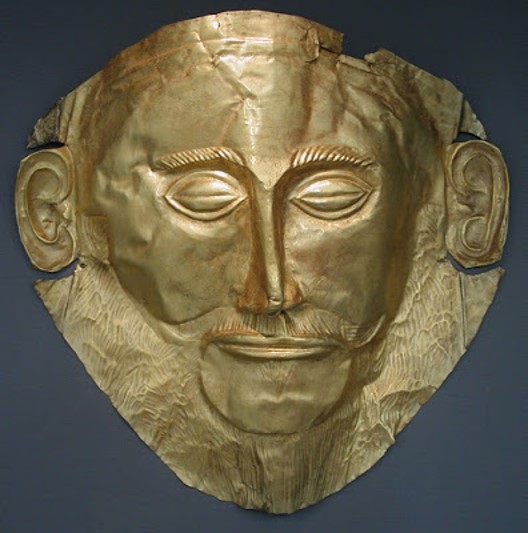A world of metals
Written by Melania Di Fazio
Translated by Sarah Fortunée Tabbakh
Italian Version here
Metal is everywhere; even in the daily objects we use, may it be in plastic, wood or fabric, a metal element, albeit small, might be there. For example, you wouldn’t have access to this blog without the metallic circuits of your devices! Moreover, science considers most of the elements of the periodic table as metals.
However, we rarely stop and think of the importance of our understanding of the potentiality of metals and how to correctly manage and exploit them. Their significance in the history of humanity is such that we have divided the prehistoric era in Copper Age, Bronze Age and Iron Age. The transition from the Stone Age (Neolithic) to the Copper Age (Chalcolithic) – and to the subsequent fusion of metals in order to obtain alloys such as bronze – was a step forward in Man’s quality of life and marked the beginning of new historical chapters.
Since their discovery, metals have always been at the centre of our culture, even as allegories. The Golden Age, that comes to us from Greek mythology, defines an era of bliss, harmony and prosperity; the Ancient Greeks believed that Mount Olympus counted, amongst the gods, blacksmiths, engineers, and even a god of fire and metallurgy; it is said that Zeus turned into a golden rain to fecundate Danae (and according to some sources, the girl was locked inside a bronze tower). Let’s not forget King Midas, who could turn any object (and living creature) in gold!
It is no wonder ancient artefacts in metal have arrived to us, as they are very resistant to wear and time. Weapons, for example, have a significant cultural importance, not only because they are a symbol of the social class of warriors, but also because they represent a specialized group of workers: the blacksmiths. We could say the same about medallions, coins and seals that, in addition to communicating important historical evidence, give information about the world of minting. Thanks to the numismatics, we collect information on emperors, consuls, gens, senate members and significant historical facts. Jewels and funerary ornaments are testimonies of the fashion and taste of each era, and to the goldsmiths’ mastery and skills. Who didn’t find the ancient technique of granulation realised on Etruscan jewels jaw-dropping? Who wasn’t mesmerised by King Agamemnon’s funeral mask?
 |
| Funeral mask of King Agamemnon in gold leaves. |
Many pigments also have something to do with metals: many colours have been realised through oxidation/reduction of metals. Unfortunately, the results were, most of the time, extremely toxic. White lead, for example, is an opaque lead based white pigment (basic lead carbonate) widespread in the painting, the cosmetics, and the cooking in ancient Rome (yes, Romans used to sweeten their wine with lead!). But if used in big quantities, it could cause a pathology known as saturnism.
However, in the world of diagnostics, metals are not only object of study, but they are also fundamental in improving the performance of an analysis (for example, through the SERS technique, that we will talk about soon). Through the study of metals, scientific research is making giant strides in the protection of cultural heritage (amongst other things) from pollution. Did you know that titanium oxide makes surfaces almost self-cleaning?
Here is the link to a wonderful episode of “Ulysses – the pleasure of discovery” in which Alberto Angela (a delightful speaker) tells the story of the metals loved by kings and emperors:
http://www.raiplay.it/video/2016/10/Ulisse-Il-piacere-della-scoperta---I-metalli-del-re-1fe6d19d-11a9-4529-893f-ac41312905b5.html


Comments
Post a Comment